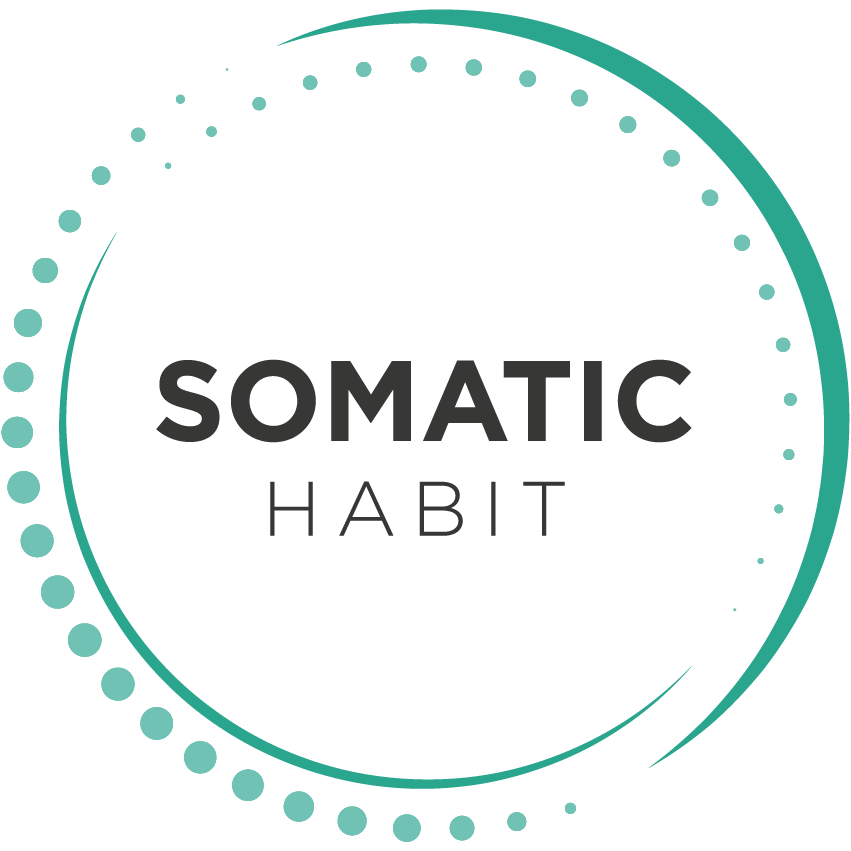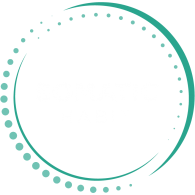This is a short analogy to explain why having a daily habit of somatic movement is so important – if not a necessary precursor – for somatics to have the best effect on one’s body.
Map reading to find your way
If you’ve ever been walking out in the hills or countryside, you’ll know that having a map and being able to read it will help you find your way. If the weather is good, you have plenty of snacks and you’re not too tired, then all seems well. You may not feel the need for navigation equipment. However, when the clouds come in, the rain starts and the paths seem to disappear, having a map and being skilled at reading it will help you find your way to safety and comfort once more.
When the challenging weather rolls in, or when it’s getting dark and you become increasingly tired or lost, the need to know what direction to turn in and how to keep moving forward become acutely or even frighteningly important. Would such a moment of panic, confusion or even injury, be the best time to learn and simultaneously practice the skill of map reading? If you tried to use a map and compass for the first time in the dark and cold, you might even think that map reading is too difficult or that it doesn’t work for you.
What if you had already rehearsed your map reading skills on a clear and sunny day? With good visibility you can negotiate the path in front of you and keep moving forward, whilst checking how the landmarks relate to your map and compass, and practice being sure of where you are. This is akin to proprioception; knowing where you are in space. Rather than focusing on being lost, exhausted or injured, your brain is free to focus on learning the skill of map reading.
Somatic movement to find your way forward
Learning is easiest when we are not distracted by pain or stress. Think of your sensory motor amnesia and any pain you may be experiencing as the fog or unpleasant weather. The more difficult the conditions, the more challenging it may be for you to keep moving forward and feel where you are in relation to your own body and space; proprioception. Do you principally turn to your somatic practice when you begin to feel pain or discomfort? I wonder how easy or effective this might be if you haven’t already rehearsed your ability to sense your body and relax your muscles under less difficult or painful conditions. A bit like checking the weather forecast or practicing your skill of map reading before heading out in bad weather.
It’s a skill
What if we approach our somatic movement like map reading, how might that affect our ability to live somatically, even during times of increased stress or pain? Somatic movement is an education for the brain, and we know that we learn more effectively when our mind is clear and not distracted by noise, discomfort or feeling lost. To relax our muscles by pandiculating is a specific three step skill that requires focus and practice. The steps are:
1) Contract the muscles more than they are
2) Slowly, with awareness and control release them
3) Come to complete rest with no new effort.
Do it when you don’t think you need it
How would practicing your somatic movements on the “clear sunny days” better prepare you to find and deepen the pathways between your brain and muscles, helping you to relieve tension and continue moving forward with ease? How would it be to repeat this practice until it becomes a skillful habit and these neurological pathways become so familiar, they can be sensed and controlled even when the ‘fog’ of pain arrives. Therefore, a regular practice of relieving daily muscle tension through somatic movement, not just when pain comes knocking, will help you to keep moving forward with more ease and less effort. Surely that is worth creating a daily somatic movement practice for.

